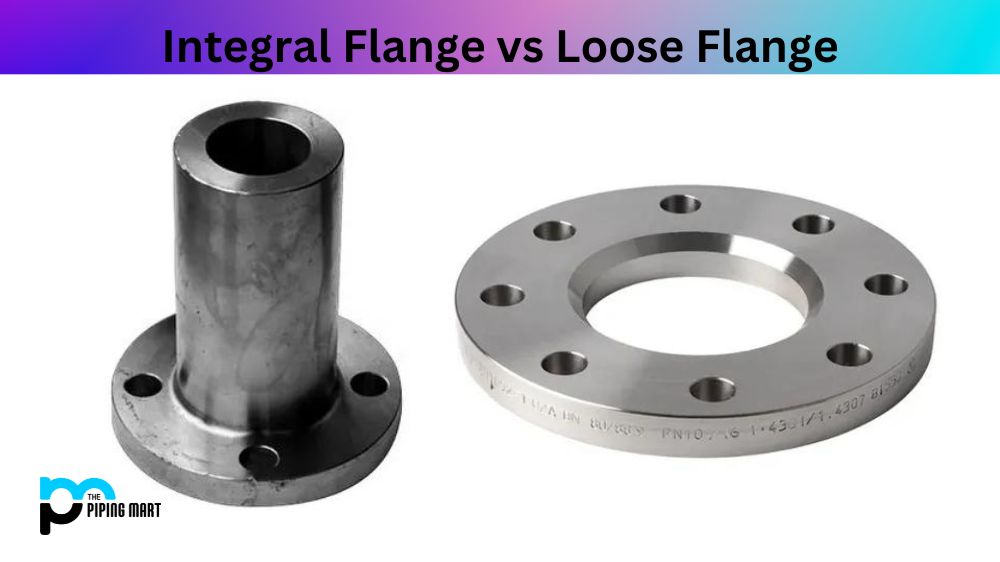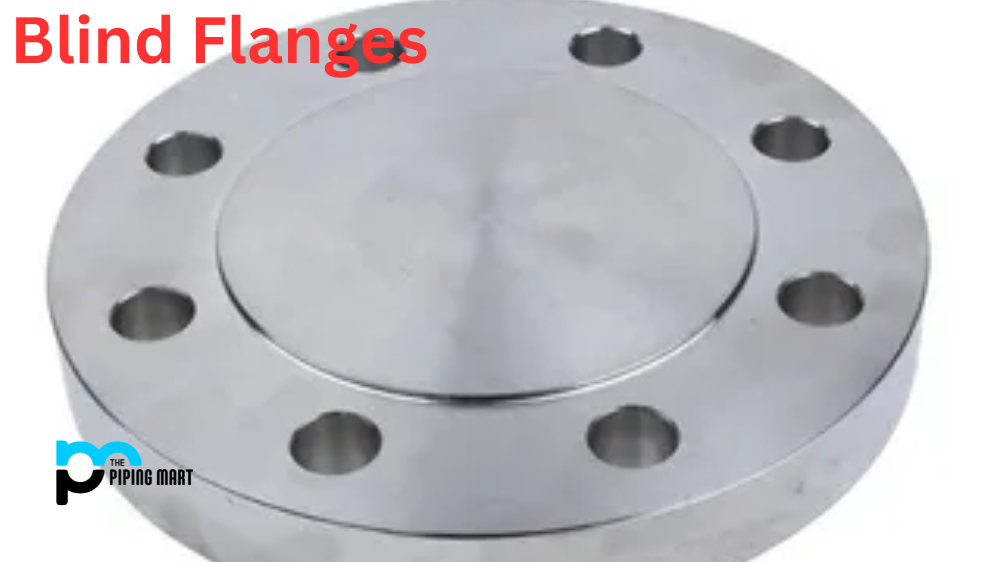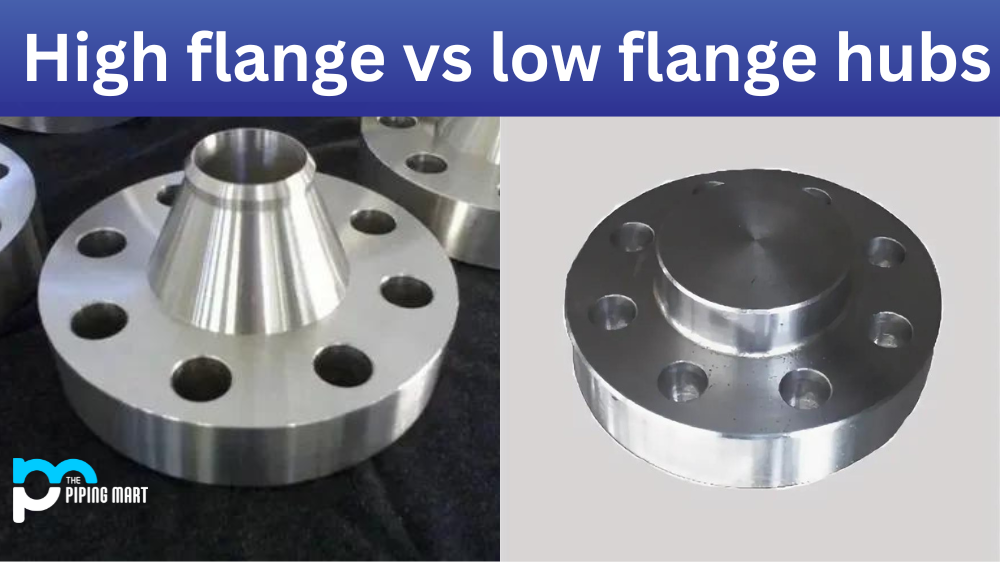Flanges are integral components used to connect pipes, valves, pumps and other equipment in a piping system. Flanges come in different designs, sizes, materials and shapes based on the specific application requirements. Two common flanges are integral flanges and loose flanges, which may appear similar but have distinct differences in installation, maintenance and performance.In this blog post, we explore the key differences between integral flange and loose flange and how they can impact the overall performance of your piping system.
What is Integral Flange?
Integral flanges are piping components that unite two separate pieces of pipe. They form a tight seal, without the need for gaskets, and are commonly used in high-pressure systems due to their ability to withstand large amounts of stress. They are also fairly lightweight, easy to install, and have excellent corrosion resistance.
What is Loose Flange?
A loose flange is a joint that connects two sections of piping or tubing together, usually created by bolting two flanges together. The “loose” designation indicates that these flanges can be easily removed and replaced – ideal for maintenance, repairs, or even in certain assembly processes. Additionally, loose flanges help reduce vibrations from high-pressure flows and prevent the buildup of debris between pipe sections.
Difference Between Integral Flange and Loose Flange
Installation
Integral flanges are a one-piece design with the flange, and the pipe neck merged as a single unit. As such, integral flanges require fewer welded connections than loose flanges, increasing the integrity of the flanges. They are easier to install, and the installation time is shorter, saving on labour costs. On the other hand, loose flanges comprise two parts – the flange and the stud bolts, which must be welded in place. The multiple connections in setting up loose flanges may lead to weaker connections and increased potential for leaks.
Maintenance
Regarding maintenance, integral flanges have an advantage over loose flanges. Integral flanges are built to withstand high pressures and temperatures without any disruptions. The single-piece design makes inspecting and maintaining integral flanges easier, with fewer potential points of failure. Loose flanges require frequent maintenance checks for bolts to ensure they are tightly secured; otherwise, the risk of leaks or failure increases.
Performance
Due to the single-sealing surface design, integral flanges perform better than loose flanges in sealing. The single-piece design provides excellent mechanical support, making integral flanges resistant to deformation and stresses. Unlike loose flanges, integral flanges can handle high pressures and are suitable for high-temperature applications. Loose flanges are typically weaker than integral flanges and have a limited pressure and temperature range.
Cost
The cost difference between integral and loose flanges varies depending on the application requirements. While integral flanges are more expensive to manufacture, they are a long-term, cost-effective option considering installation and maintenance costs. Since integral flanges have fewer parts, welding points, and connections, they require less time and workmanship, reducing the overall installation and maintenance costs. On the other hand, loose flanges require more welding points, bolts, and connections, making them prone to leaks and increasing maintenance costs.
Conclusion:
In summary, integral flanges are a better and more reliable solution when compared to loose flanges. Their single-piece design makes them ideal for use in high-pressure and high-temperature environments, providing greater reliability, durability, and ease of maintenance. While they may be more expensive, the long-term benefits outweigh the initial expenses. Before making any flange decision, it is important to consider several factors, such as pressure, temperature, pipe size, and the specific application requirement. Consult a qualified engineer to help you make the best choice for your unique piping system.
Rachana is a dedicated and ambitious young woman who has made a name for herself in the metal industry. From her earliest days in the industry, Rachana showed a natural talent for problem-solving and a keen eye for detail. In her free time, She enjoys reading up on the latest advancements in the industry, as well as exploring new ways to innovate and improve upon existing processes.




